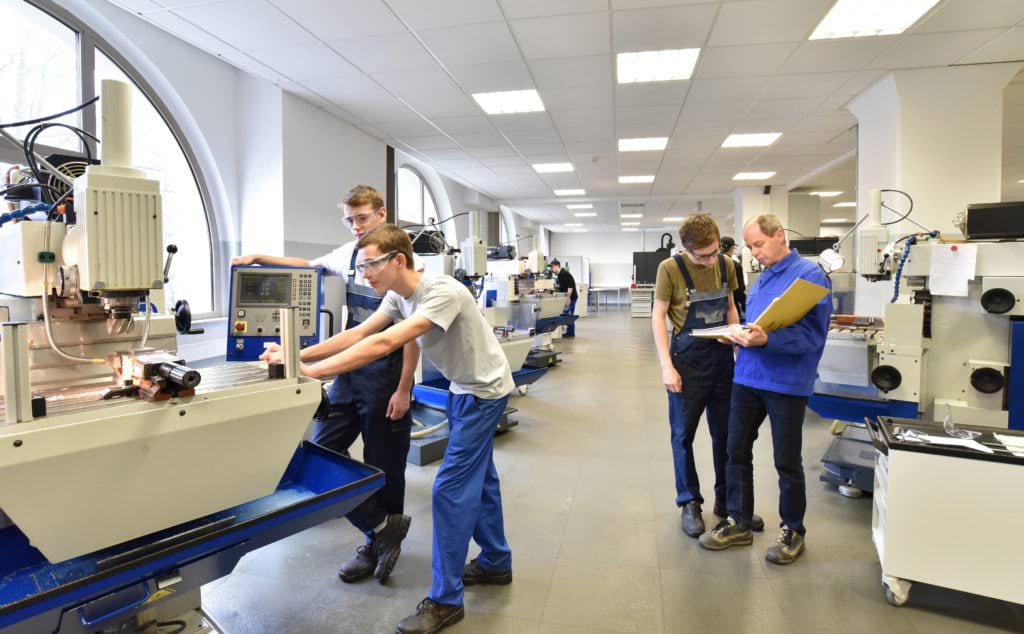Foundations of a safe workplace
Apprentices and trainees need guidance in learning how to do their job safely and competently, and should be encouraged to raise safety concerns. Employers are responsible for the safety of their apprentices or trainees at work and must provide supervision for on-the-job training. You can do this yourself or assign the role to a qualified staff member. Make sure whoever does this understands their responsibilities.
Apprentices and trainees may be new to working life and will start off with less knowledge of safe work practices – and less capacity for risk assessment and management. You must provide them with info, training and supervision to protect them from risks to their health and safety. Start with the assumption that the apprentice or trainee has little or no understanding of the work or the associated risks.

Key accountabilities
Here is a list of some of the things you must provide for your apprentice or trainee:
- Zero tolerance for bullying and discrimination.
- Constructive feedback and recognition for good work.
- Treat apprentices and trainees with fairness and respect at all times.
- A work health and safety induction at the beginning of their employment and on each new site they work on. This should include details on any safety equipment and protective gear.
- An experienced supervisor who can instruct your apprentice or trainee on safe working practices, and assess and manage any risks around the workplace.
- You may provide different levels of supervision at different stages of the apprenticeship or traineeship. This will start with one-on-one instruction at the beginning of their employment and as needed when new skills are introduced. Once they are more confident and working independently, a supervisor should still meet with them daily, and be available for advice and guidance.
- The supervisor should also be willing to answer questions and address any safety concerns your apprentice or trainee has. They cannot be made to work in a situation where they’re unsure of what is required or how a task can be performed safely.
- As an employer, you must take action to protect against COVID-19 at work. Consult with staff to help identify risks, provide training to help them do their jobs safely and use control measures such as social distancing, extra cleaning and disinfection, or personal protective equipment (PPE) where needed.
For more comprehensive information on your legal responsibilities to maintain safety in the workplace, see WorkSafe Victoria(opens in a new window). You can find material specific to your industry or on topics such as mental health, fatigue and managing young workers.
WorkSafe Victoria is also your go-to for compliance codes and codes of practice(opens in a new window), as well as links to relevant legislation(opens in a new window).
Updated

